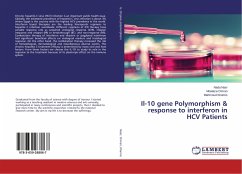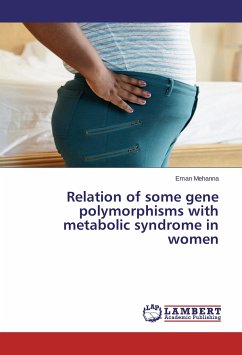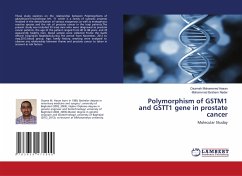Sickle cell disease is a major public health concern in the state of Chhattisgarh, India. Sickle cell disease is a recessive inherited structural disorder of hemoglobin. The abnormal hemoglobin causes distorted shapes (which appear sickle like) red blood cells. These abnormal RBCs are fragile and prone to rupture. Normal hemoglobin is called Hb A, but people with sickle cell disease have only Hb S. When fetal hemoglobin production is turned off after birth, normal people begin to produce adult hemoglobin (HbA). Children with sickle-cell disease instead begin producing a defective form of hemoglobin called hemoglobin S.If fetal hemoglobin remains the predominant form of hemoglobin after birth, the number of painful episodes decreases in patients with sickle-cell disease. Xmn I polymorphism is a factor that has been found to increase fetal hemoglobin production.








